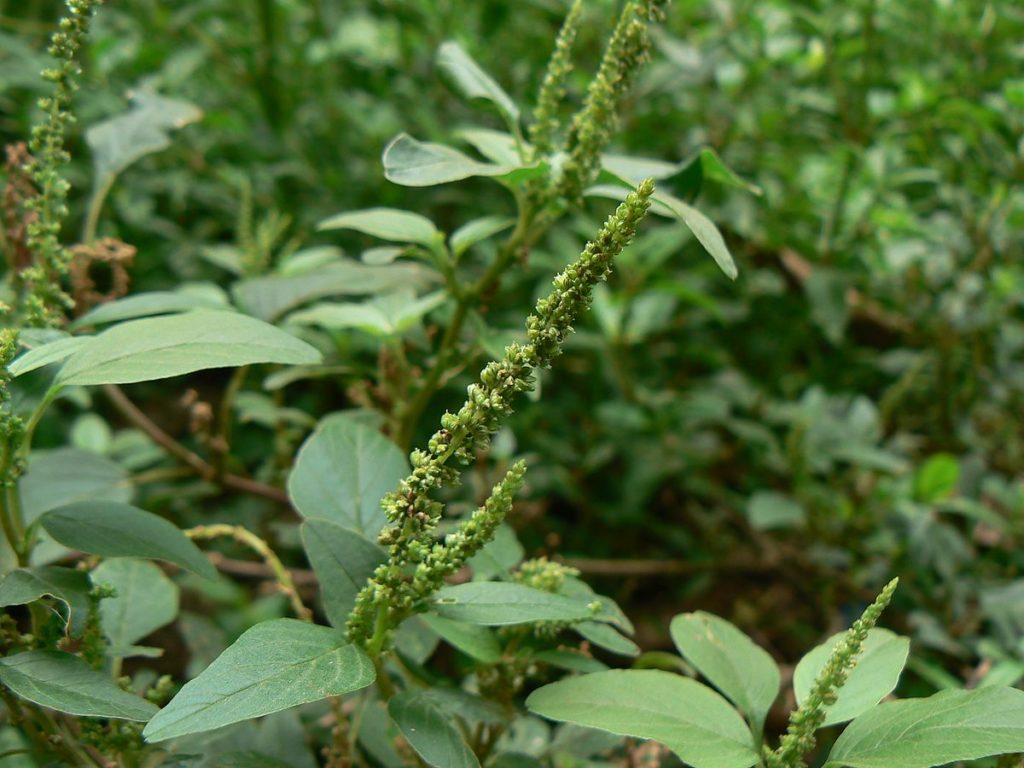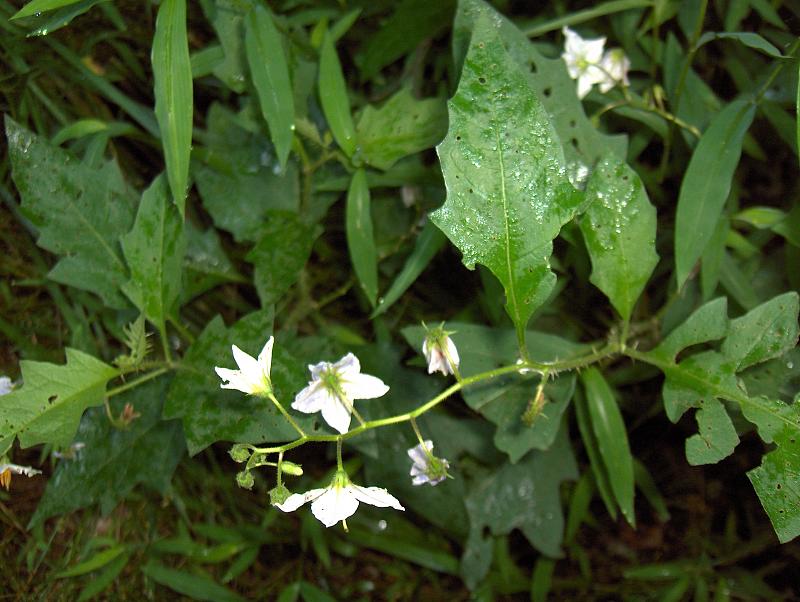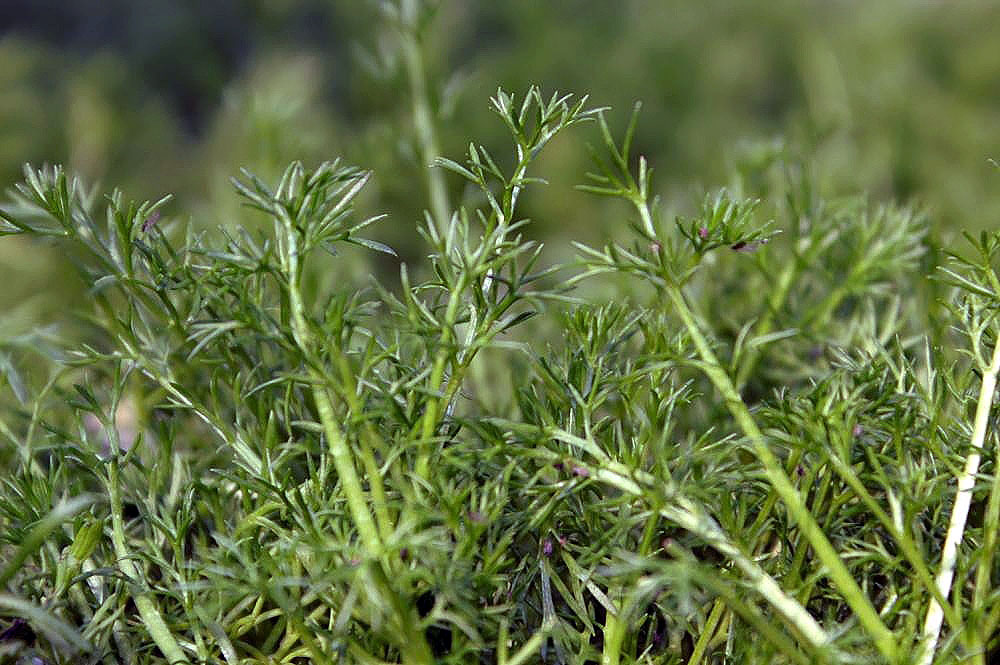It’s Not Too Early for Pasture and Hay Weed Control!
go.ncsu.edu/readext?675765
en Español / em Português
El inglés es el idioma de control de esta página. En la medida en que haya algún conflicto entre la traducción al inglés y la traducción, el inglés prevalece.
Al hacer clic en el enlace de traducción se activa un servicio de traducción gratuito para convertir la página al español. Al igual que con cualquier traducción por Internet, la conversión no es sensible al contexto y puede que no traduzca el texto en su significado original. NC State Extension no garantiza la exactitud del texto traducido. Por favor, tenga en cuenta que algunas aplicaciones y/o servicios pueden no funcionar como se espera cuando se traducen.
Português
Inglês é o idioma de controle desta página. Na medida que haja algum conflito entre o texto original em Inglês e a tradução, o Inglês prevalece.
Ao clicar no link de tradução, um serviço gratuito de tradução será ativado para converter a página para o Português. Como em qualquer tradução pela internet, a conversão não é sensivel ao contexto e pode não ocorrer a tradução para o significado orginal. O serviço de Extensão da Carolina do Norte (NC State Extension) não garante a exatidão do texto traduzido. Por favor, observe que algumas funções ou serviços podem não funcionar como esperado após a tradução.
English
English is the controlling language of this page. To the extent there is any conflict between the English text and the translation, English controls.
Clicking on the translation link activates a free translation service to convert the page to Spanish. As with any Internet translation, the conversion is not context-sensitive and may not translate the text to its original meaning. NC State Extension does not guarantee the accuracy of the translated text. Please note that some applications and/or services may not function as expected when translated.
Collapse ▲A weed is defined as any plant growing where you don’t want it. Everyone recognizes the need for weed control. Not only does it make for better quality pasture or hay, but it also eliminates grass having to compete with the weeds. Without weeds, grass is able to fully utilize available moisture and nutrients to reach maximum yield potential. Here are some things to keep in mind when trying to control weeds.
No matter how you plan to control weeds, the control measures should be scheduled to coincide with optimum weed susceptibility. In most pasture and hay weed herbicides, action occurs through translocation. Applying at the right time is very important. As a rule, early is better! Even now we may be behind on some weeds, such as buttercup, so as the title says, it’s not too early for weed control.
There are many products on the market that will do a fine job of controlling broadleaf weeds. The most well-known product is probably 2,4-D. It gives excellent control of bitter sneezeweed, plantains, buttercup, and ragweed but relatively poor control of horsenettle and most woody weeds. One note here on 2,4-D: when applied at lower rates, it will not harm white clover. Weedmaster provides excellent control of broadleaf weeds and is the preferred product in hay operations. Try to choose a product that will control as many of the weeds that you have as possible. This will keep costs down and avoid multiple trips through the field. If more than one product must be used, try to choose products that can be mixed in the same tank and applied in one pass. Some products, like Weedmaster, can be mixed with liquid fertilizer as the carrier. Using this method, a producer could perform two functions with one pass.
Also, note the surrounding crops. Many of these herbicides are lethal to tobacco, grapes or soybeans. Producers should choose a product that won’t harm surrounding crops if exposed to drift. If this is not possible, try to choose a formulation that is less prone to volatilization. The more volatile a product is, the more likely you will experience product drift. Drift will also vary with boom height, nozzle type, pressure, and wind.
Producers should know and adhere to any grazing or haying restrictions. Some products have restrictions on grazing and haying while others have restrictions just on haying. These restrictions can be anywhere from seven days to one year, so make sure you know what you are dealing with. An interesting note here is that most products that have no grazing restrictions for beef cattle will have grazing restrictions for dairy cattle. Most will also have a withdrawl period before slaughter.








